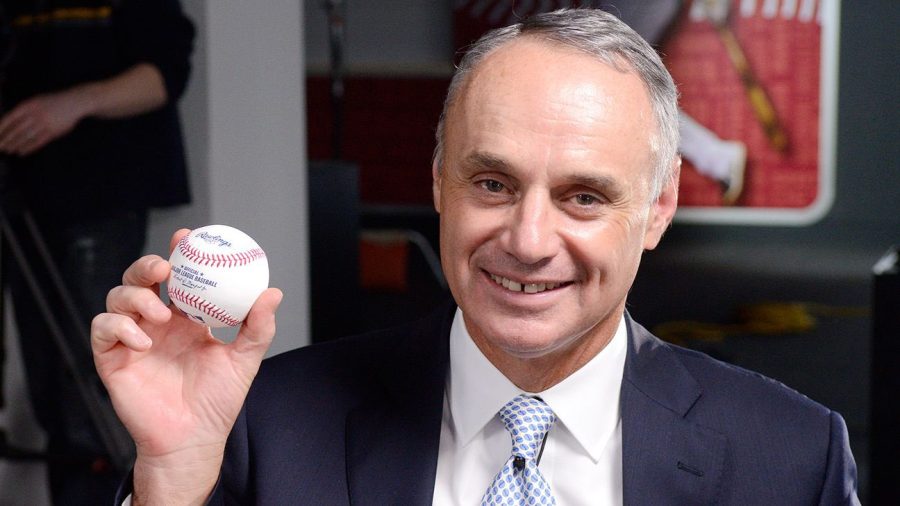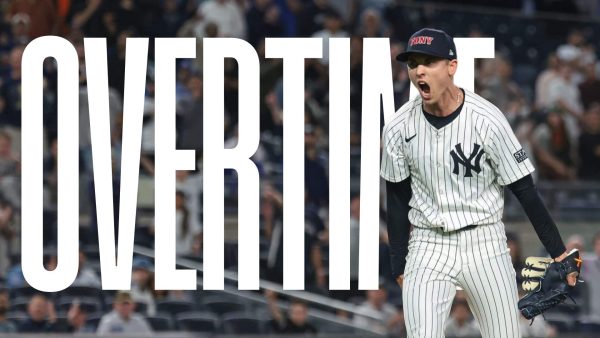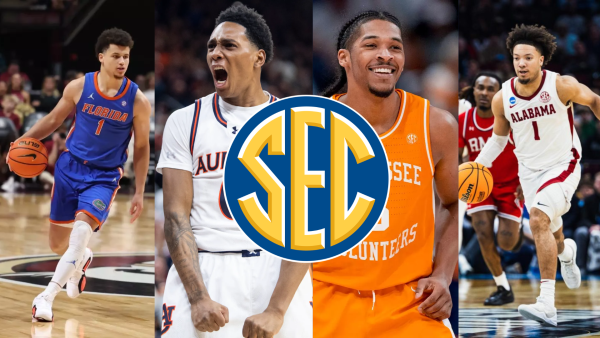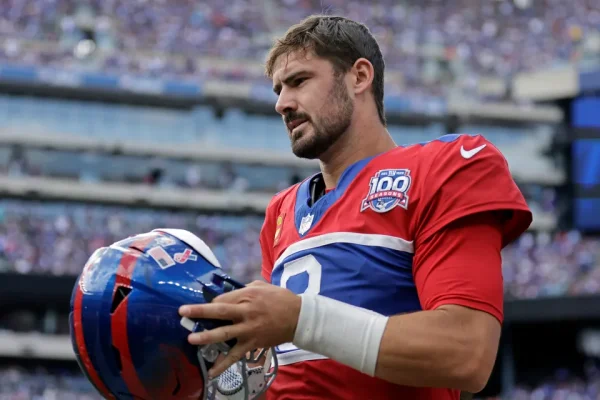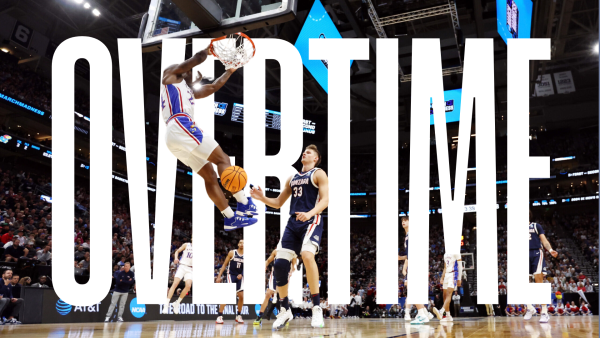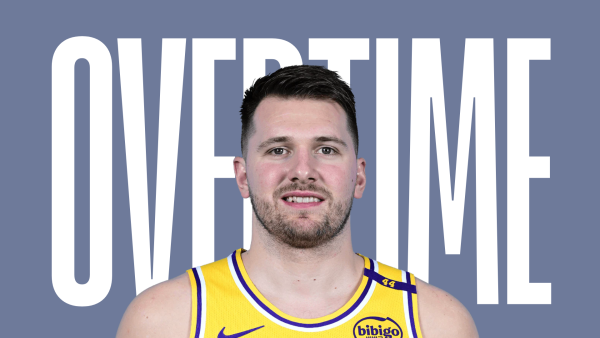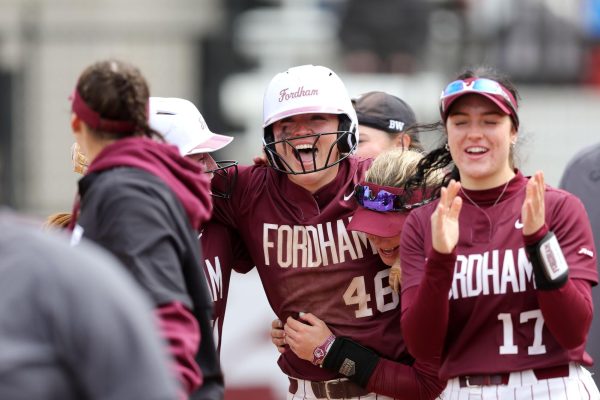Overtime: Three Strikes You’re Out
The tensions between Major League Baseball and the Player’s union continue to rise.(Courtesy of Twitter)
February is an exciting time for baseball fans. It marks the beginning of Spring Training and the end of the winter baseball drought. However, this year, in particular, fans are waiting with anticipation as negotiations between Major League Baseball and the Major League Baseball Players Association (MLBPA) unfold. As it nears two months since the lockout, things are looking bleak for the fate of MLB.
The ongoing conflict between the union and the league is a thing of history, with the last strike occurring back in the 1994 season. Once again, fans are left in the dark as owners and players struggle to agree on finances and a fundamental framework for the game.
The players union made a few specific demands as negotiations for a new collective bargaining agreement (CBA) began. First, it hopes to put more money in the pockets of younger players. Throughout the past few years, the talent of young players in MLB has been undeniable. Stars like Juan Soto, Vladimir Gurrero Jr. and Shohei Ohtani propelled the game and made it extremely marketable; however, they will only earn a fraction of what they should be making.
An example of this is Mets player Pete Alonso, who broke the home run record and won the Home Run Derby.. His prize winnings from that event alone surpassed his current salary.
In order to keep costs low with these players, many teams will keep young stars in the minors for as long as possible. This service time manipulation drives away young stars from even wanting to enter baseball.
Facing an uphill battle, the players union has been unsuccessful against MLB on two of its most important issues: revenue sharing amongst teams and arbitration. The MLBPA hoped to improve the likelihood of small-market teams making a splash in the regular season if the amount of revenue-sharing money was adjusted.
When these small-market teams are not making the playoffs year in and year out, there is less of an incentive for them to reinvest their money into player payrolls. Therefore, teams will refuse to spend more money to acquire talent even if they are on a losing streak because they will still get a guaranteed amount of money via revenue sharing. This can be seen in teams like the Miami Marlins, Oakland Athletics and Pittsburgh Pirates.
In turn, many large market teams also refuse to spend. With fear of the luxury tax and already dividing their revenue to the smaller market teams, team’s are far less likely to spend and attempt to improve.
On the board for the players union is Max Scherzer, who, just prior to the lockout, made the jump from the Dodgers to the Mets. In a statement on Twitter, Scherzer addressed the proposal made by the union, saying they hope to eliminate service time manipulation and eliminate “tanking” as a way for teams to get more money. Tanking is a common strategy used not only in baseball but across other major sports, where a team purposely loses games in hopes of gaining a high draft pick.
After three different proposals made by MLB regarding the issues addressed, the MLBPA refuses to budge on its demands, hoping to improve the game not only for players but for teams as a whole. Trying to negotiate money with millionaire and billionaire owners, however, has proved to be wildly difficult.
Tensions rose so high recently that MLB hoped to involve a federal mediator to help negotiations move along between both sides, something that was swiftly rejected by the players union. In the past few meetings, compromises were made; however, the larger picture of the future of baseball’s economics is up in the air. The league and union have agreed upon a draft lottery, a bonus pool to help pay pre-arbitration players who perform exceptionally well and a plan to eliminate service time manipulation.
Instead of focusing on what the players want, owners would rather see the playoffs expanded from 10 teams to 14, most likely in hopes of more television and ticket revenue. Yet, it will not be possible to even have those games if the players cannot get a fair share of the money. In what is a $10 billion organization, players are constantly receiving a smaller and smaller slice of the pie.
The original timetable for the 2022 season saw pitchers and catchers reporting to Spring Training sites on Feb. 16; however, that no longer seems to be the case. Now, the fear of a delay threatens not only Spring Training but the entire season as well. Players may not be able to take the field in their home stadiums until mid-May at the earliest. The players union knows it is facing a huge opponent, and one can only hope it does not go down swinging in these negotiations.

Maddie Bimonte is a senior from Raleigh, N. C. majoring in journalism and minoring in political science. She first joined the Ram writing for the sports...



































































































































































































